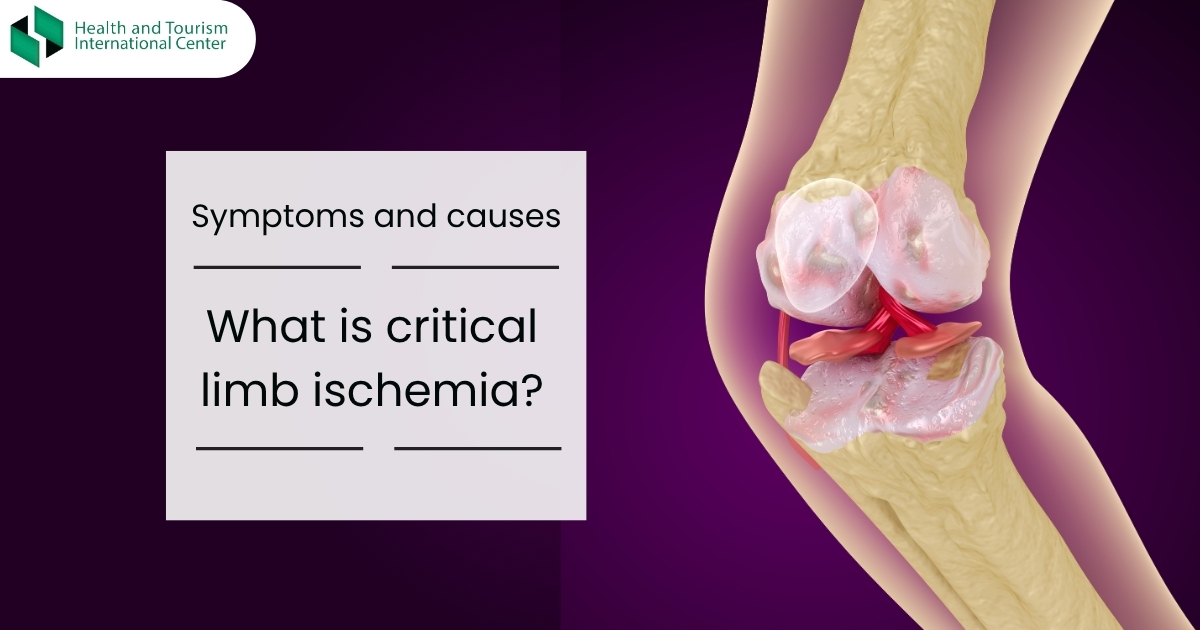Critical limb ischemia is an acute stage of peripheral arterial disease.
In this diagnosis, the normal, physiological process of blood flow/circulation in the limbs is significantly blocked.
The doctor will suspect critical limb ischemia based on the symptoms. A computed tomography (CT) scan, magnetic resonance imaging (MRI), angiogram, or ultrasound may be ordered.
The goal of all these studies is to determine:
- The ability of blood to circulate in the limbs;
- How quickly the wound is healing or why the healing process is delayed;
- The degree of narrowing or blockage of the arteries.
Critical limb ischemia requires urgent medical intervention.
Treatment options include:
- Anti-clotting, blood pressure-lowering, and cholesterol-lowering medications;
- Endovascular treatment to widen blocked arteries or remove plaque;
- Surgery.
If these methods fail, amputation of a finger, hand, or foot may be necessary. Statistics show that one in five patients with critical limb ischemia will require amputation. A history of diabetes significantly increases the risk of amputation.
Source:
https://my.clevelandclinic.org/health/diseases/23120-critical-limb-ischemia

